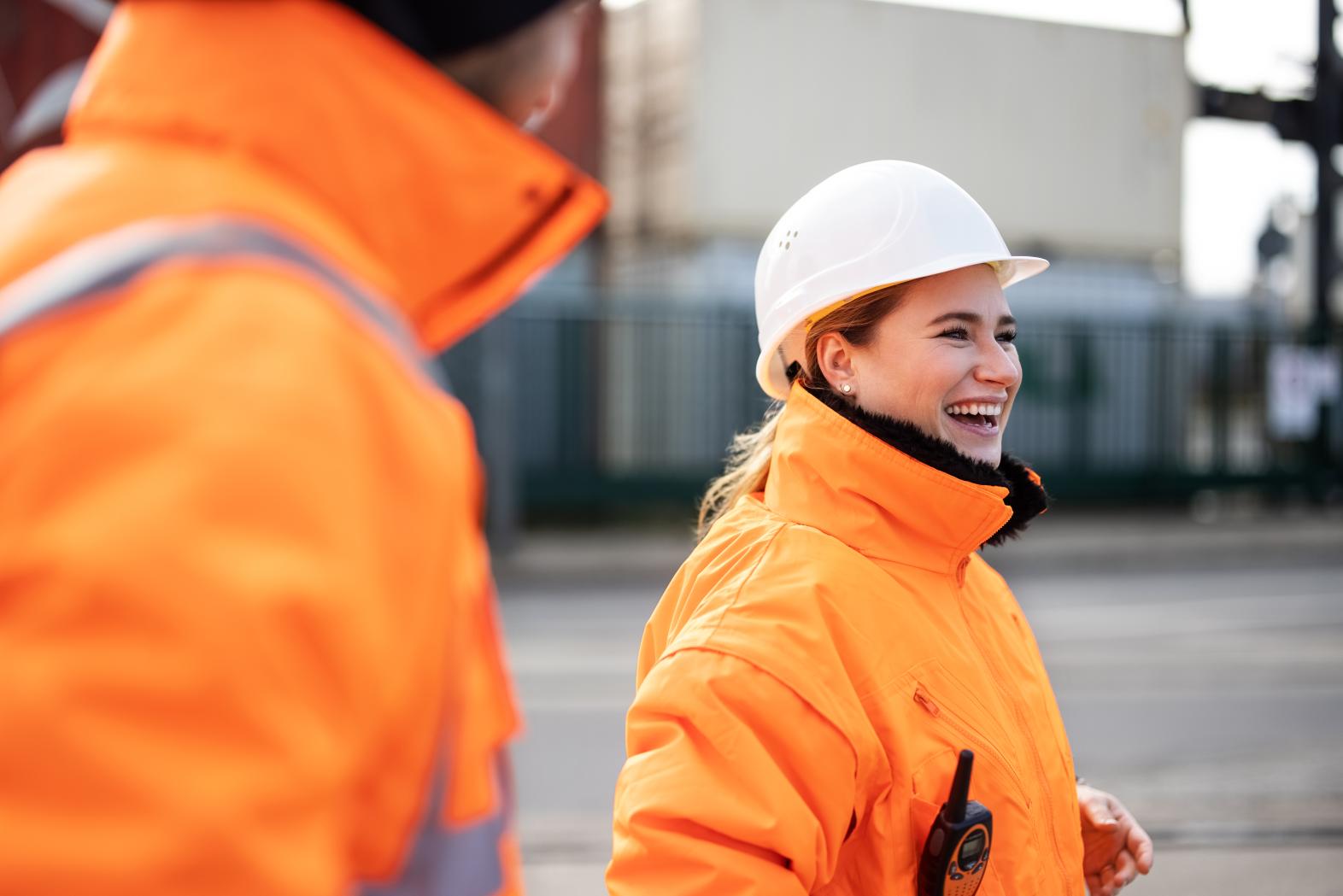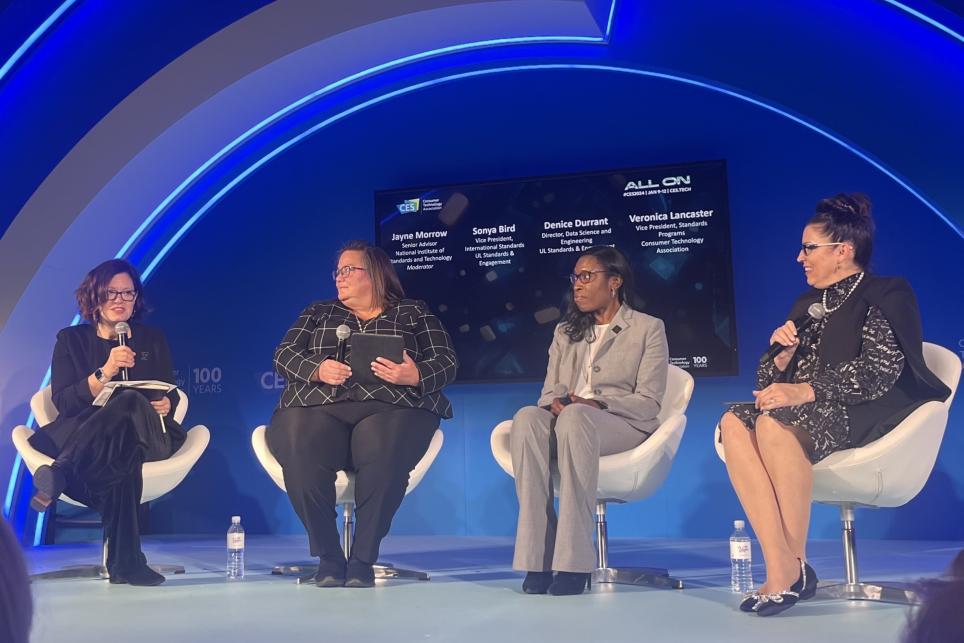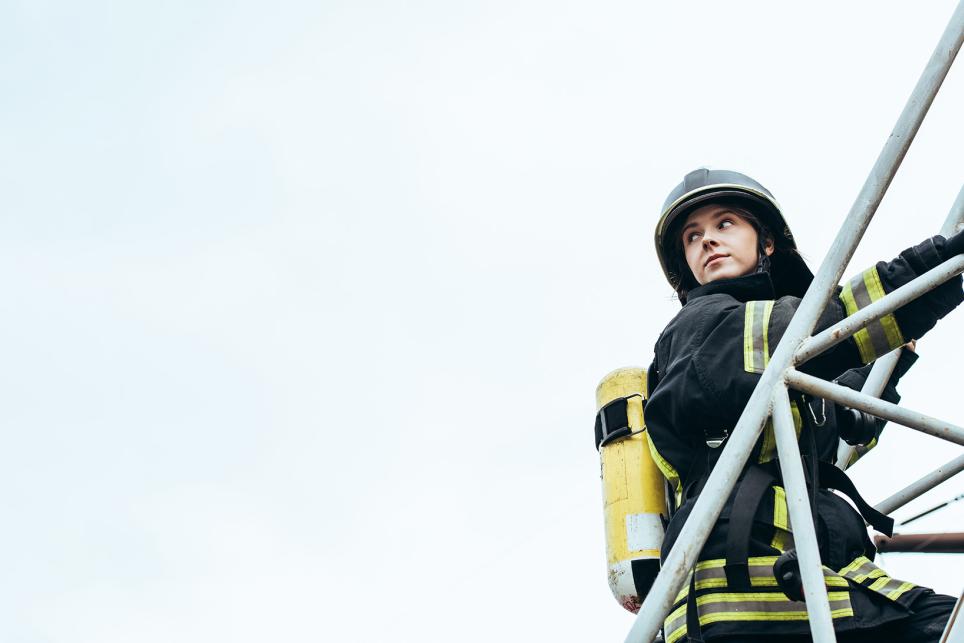What is a gender-responsive standard?
A gender-responsive standard is a standard that is developed with consideration of the physical and physiological differences between genders, and reflects an understanding of these differences through technical requirements that equally address the needs of all those it covers. These differences can include characteristics like grip strength, physical dimensions, skin thickness, and body fat percentage.
By considering these varying body traits in the technical requirements and application of standards, UL Standards & Engagement aims to improve the applicability of product safety testing requirements across a wider range of users.
For example, our standard, ANSI/CAN/UL 3741, Standard for Safety for Photovoltaic Hazard Control, addresses the safety of photovoltaic hazard control equipment, which protects firefighters from shock hazards when responding to emergencies on buildings with solar panels. In developing the standard, it was noted that physical characteristics such as body weight and skin sensitivity could have a direct effect on certain threshold limits for electricity, and that most female firefighters tend to have lower threshold limits than male firefighters. For this reason, UL 3741 applies these current threshold limits to its requirements for PVHCE, to reduce the hazard of serious injury and death for male and female firefighters alike.
What are the risks of having standards that don't take gender into account?
Standards that do not take gender into account when applicable may not provide adequate protection for those impacted by the standard. Loose-fitting gloves on a female firefighter may not provide the needed protection from fire and heat; masks that are too large could leave gaps in coverage that would expose medical professionals to pathogens; and bulletproof vests may leave police officers exposed in the line of duty if they do not fit properly.
How is UL Standards & Engagement taking action to develop gender-responsive standards?
In August 2022, UL Standards & Engagement signed the Declaration for Gender-Responsive Standards and Standards Development from the United Nations Economic Commission for Europe. By signing the declaration, ULSE made a commitment to developing gender-responsive standards and achieving greater gender balance, representation, and inclusion in its standards development process. As a next step in its commitment to the UNECE Declaration, ULSE is working to implement an organizational gender action plan to support the achievement of gender equality and the empowerment of women and girls through standardization.
ULSE aims to develop standards that are gender-responsive and account for varying body characteristics across a wide range of users. Since all participants in the standards development process play an important role in developing gender-responsive standards, ULSE is also committed to educating staff, technical committee members, and stakeholders on the importance of considering gender in standards development.
How to get involved in the development of gender-responsive standards
Safety standards require input from diverse stakeholders to be effective. Learn how you can get involved in our standards development process and apply to join a technical committee here.
Related resources
UNECE Declaration on Gender-Responsive Standards and Standards Development
Gender Responsive Standards: Guidance for ISO and IEC technical committees
ISO/IEC Assessment Form: Gender-Responsive Standards
UNECE Guidelines on Developing Gender-Responsive Standards
SCC: When One Size Does Not Protect All: Understanding Why Gender Matters for Standardization
Fast Facts
Female drivers and passengers are 73% more likely to be injured in car accidents, likely due to oversight in testing and vehicle design. Crash test dummies have historically been based on average adult male anthropometric measurements, potentially leaving those who do not conform to these measurements at a greater risk. (Source: University of Virginia’s Center for Applied Biomechanics)
Female healthcare professionals are nearly four times as likely to experience poor-fitting surgical gowns, and twice as likely to experience poor-fitting masks. Male measurements have historically influenced the design of PPE in healthcare settings, leaving many female professionals feeling unsafe due to oversized or modified gowns, masks, visors, and goggles. (Source: University of Bath Department of Engineering; Department for Health)
Female firefighters face a higher risk of injury and fatality in structural and wildland firefighting due to ill-fitting turnout suits, which are primarily developed for male firefighters and present design, comfort, and mobility issues when sized down. (Source: National Fire Protection Association)





